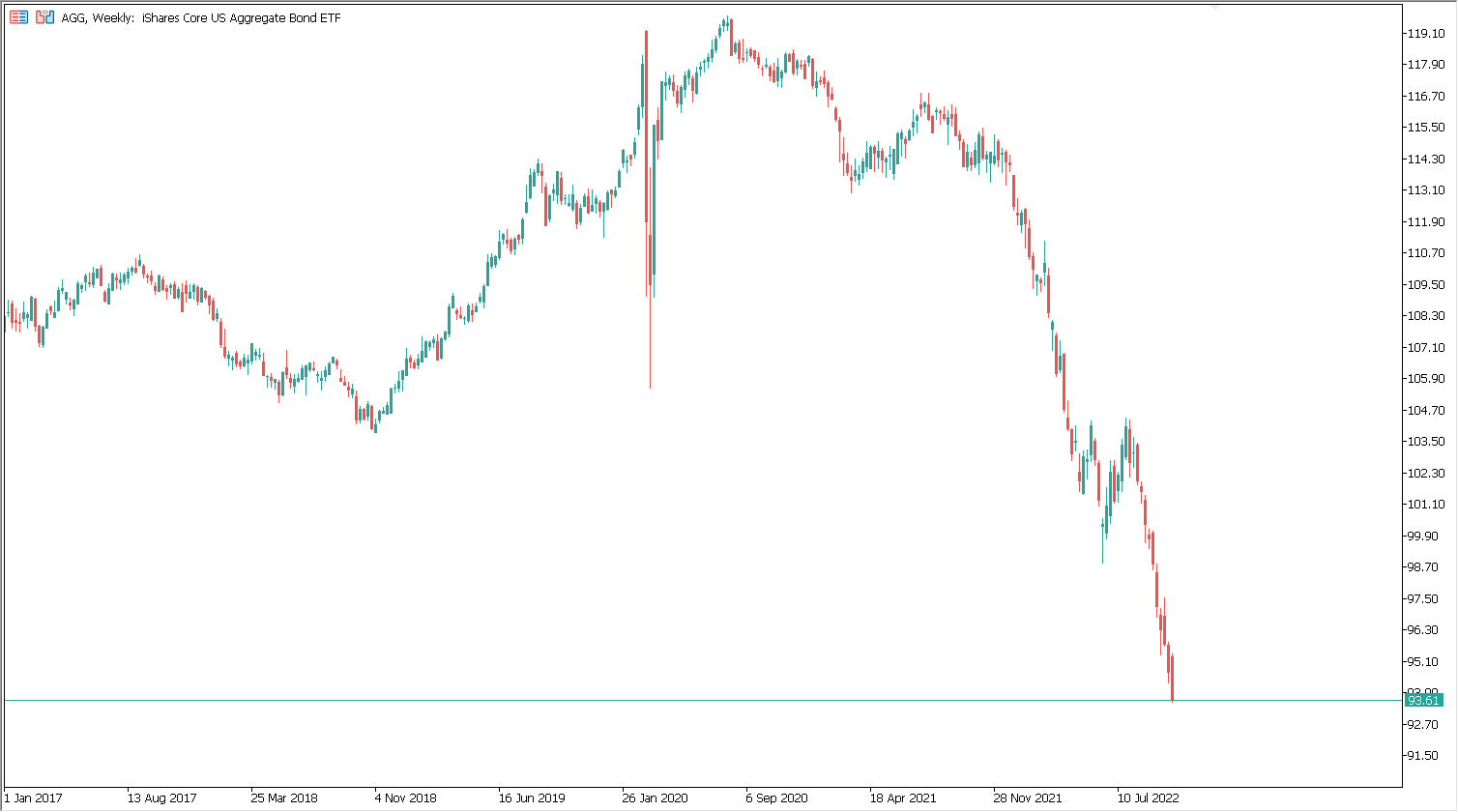Treasury bonds, while they may be considered a relatively safe investment instrument, it seems that they cannot boast the above status this year. The dynamics of changes in interest rates seem to be unprecedented, which may force big changes in the bond market.
Bond yields
Yields on U.S. 10-year bonds surpassed the 4.25 percent level this week for the first time in 14 years. Further price declines and yield increases may have followed statements by Federal Reserve officials, who continue to reaffirm a commitment to long-term restrictive monetary policy, which may keep negative pressure on U.S. government bonds, which appear less attractive to investors in a high interest rate environment. They may also wait for further debt issuances already with higher interest rates and, in favor of them, dispose of current paper that had lower interest rates.
Statements relevant to interest rates and bonds
Federal Reserve Bank of Philadelphia President and CEO Patrick Harker said Thursday that the federal funds rate will be "well above" 4 percent by the end of 2022 due to a "frankly disappointing lack of progress in curbing inflation," BBN reported. The Fed will stop raising interest rates next year, Harker added. The restrictive stance the central bank will take at this point should remain in place "for some time to allow monetary policy to do its job." He went on to estimate that GDP growth will be "flat" this year, and will soon rise by 1.5 percent and around 2 percent in 2023 and 2024, respectively. The unemployment rate will peak at 4.5 percent in 2023 and should fall to 4 percent in 2024, "suggesting that even as we tighten monetary policy, the labor market will remain quite healthy." - Harker stressed in his statement, quoted by BBN.
What does the scale of the bond sell-off look like?

Source: Conotoxia MT5, AGG, Weekly
Looking at the trading chart of the ETF with the symbol AGG, someone could see that the price of a unit of this fund has fallen by more than 20 percent since its peak in August 2020. What is the AGG fund? The iShares Core U.S. Aggregate Bond ETF seeks to track the investment performance of an index composed of the entire U.S. investment grade bond market. According to the issuer, AGG can provide broad exposure to U.S. investment-grade bonds, which also includes Treasury bonds. Nevertheless, for the moment, until a peak in US interest rate hikes is reached, the market may continue to be under pressure.
Daniel Kostecki, Director of the Polish branch of Conotoxia Ltd. (Conotoxia investment service)
Materials, analysis and opinions contained, referenced or provided herein are intended solely for informational and educational purposes. Personal opinion of the author does not represent and should not be constructed as a statement or an investment advice made by Conotoxia Ltd. All indiscriminate reliance on illustrative or informational materials may lead to losses. Past performance is not a reliable indicator of future results.


